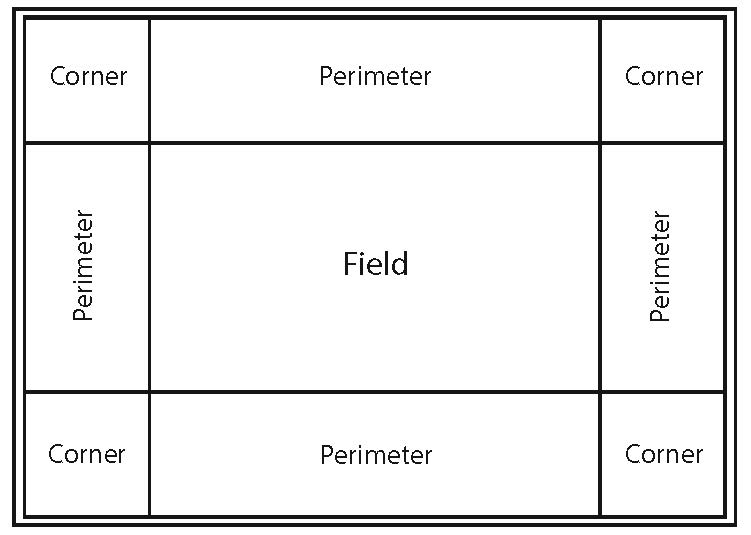
Wind
Wind Considerations
Wind affects buildings in different ways depending on their location, height, configuration and exposures. Buildings can cause air to swirl and move around the surfaces and features of a building, increasing the winds intensity and uplift force, especially at the roof.
Many factors must be taken into account when addressing wind uplift, including, but not limited to:
- Local design wind speed
- Building height and orientation
- Surrounding topography (urban/suburban, city center, coastal)
- Perimeter edge condition
- Effective parapet height (dimension from finished ballast surface to top of parapet)
The uplift force exerted on roof surfaces from the wind is a negative suction force that acts across the entire roof surface. This suction force has the potential to lift loose laid roofing materials like stone ballast, concrete pavers and, in the case of vegetated roofs, the vegetation, growing media and any underlying loose laid components like water retention/drainage elements and insulation.
For simplicity, the surface of the roof is generally divided into three regions when considering these uplift forces: perimeters, corners, and field (below right). As wind blows against a building and across the roof, vortices are created along and within the roof’s perimeter and corner regions where uplift forces are greatest (below left). As a result, additional ballasting or securement of loose laid roof components will typically be required at the corners and perimeters.
Ultimately, the project architect or engineer is responsible for determining the wind uplift design requirements for the roof and there are several standards and approval guides developed within the roofing industry that can assist with those design requirements.
Hydrotech is able to provide a wind warranty for assemblies that meet our requirements, but in order for a project to be eligible for a wind warranty, the project MUST be reviewed by Hydrotech and DuPont early in the design process.
Contact Hydrotech for more information or download our Protected Membrane Roof Planning Guide.



